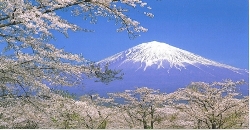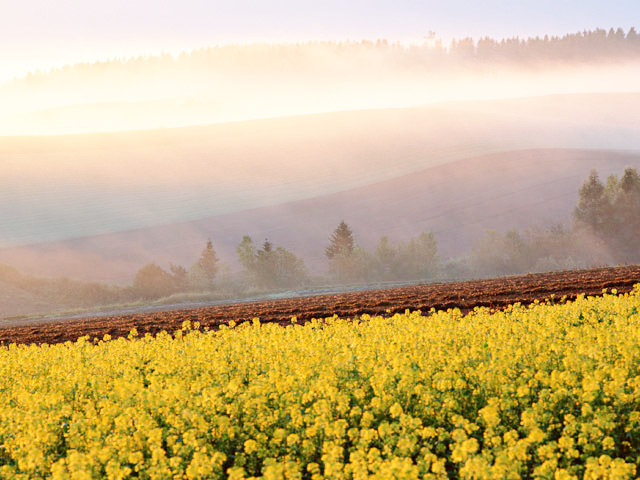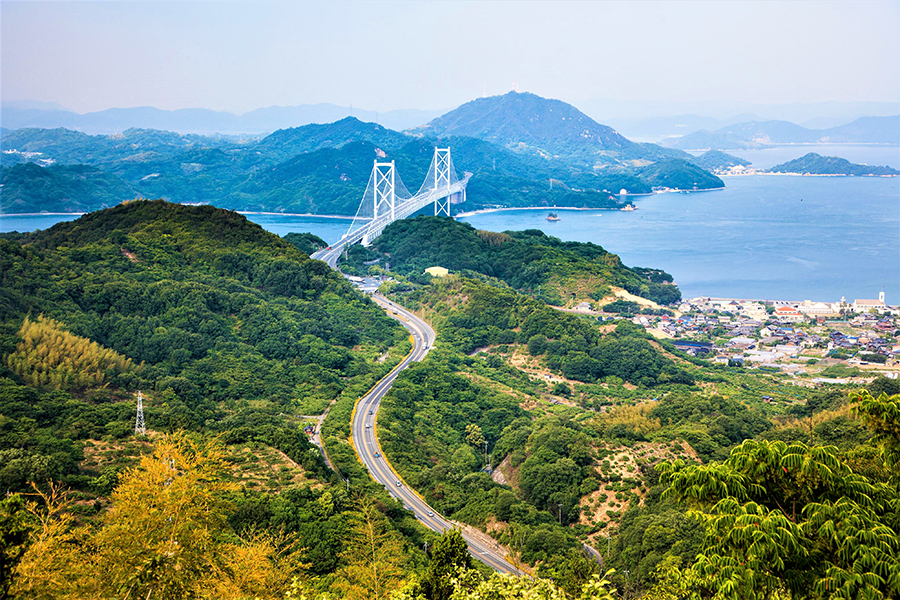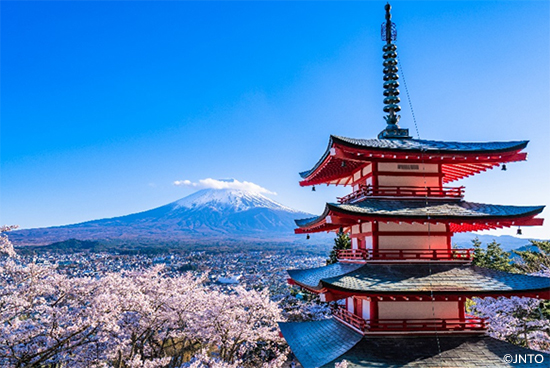Yesterday, Luke and I headed up to Kitakyushu City for some sightseeing and shopping. Kitakyushu is about 40 minutes north of my house by train and is the 2nd largest city in Kyushu with just under 1 million inhabitants. The Kitakyushu City actually used to be comprised of several different cities and towns that were merged together as one city in the 1960's, so it is quite big and sprawling. Moji Port was once an important port for foreign trade in Japan. A few significant Meiji-era buildings remain, and today, Moji Port is a touristy area with lots of shops and art galleries. It is also the northernmost point in Kyushu, separated from Honshu, the largest island in the Japanese archipelago by the Kanmon Straits. According to our rickshaw guide, between 900-1000 ships pass through the Straits every day. In the 12th Century, the Straits were the site of the Battle of Dan-no-ura, the naval battle that decided the outcome of the Gempei War, after which the first shogunate was established in Japan. Across the narrow Kanmon Straits from Moji is Shimonoseki, a medium-sized city of 300,000 inhabitants on the southern tip of Honshu where the Treaty of Shimonoseki was signed in 1895, where the Qing Dynasty of China ceded sovereignty of Taiwan to the Japanese Empire after the Chinese defeat in the first Sino-Japanese War. The infamous fugu or poisonous pufferfish is also a famous product from this area. There are plenty of omiyage (souvenir) shops in the area that sell fugu-related merchandise. Despite the potential of death by neurotoxin, the risk is next to nothing these days. Farmed fugu has much less toxins than their wild cousins, and the preparation and cleaning of the fish is performed by specially licensed chefs. The few fugu-related deaths that occur each year usually involve old fishermen who overdose on fugu neurotoxin. Apparently, small amounts of the toxin can result in a recreational "high." Kokura is an ancient feudal castle town that is considered to be the "downtown" of sprawling Kitakyushu City. Like most castle towns in Japan (including Nakatsu, where I live), the original castle is no longer there, but there is a 1960's reconstruction of the original castle at the site. It has had a bad reputation of being a dirty, industrial city with a large yakuza presence. However, Kokura has cleaned up its act in recent years. It is still quite industrial, but the river running through it has been significantly cleaned up and there has been some quite interesting development projects like the massive Riverwalk Mall. Kokura was the original target for the "Fat Man" atomic bomb in August 1945, but there was thick cloud cover over the city, so the pilot of the bomber plane was instructed to drop the bomb on Nagasaki instead. L.S. and Luke in a rickshaw (below), outside of the Meiji-era Italian-inspired Moji Port Train Station. The station has been visited by several Japanese emperors and the second floor once housed the first French restaurant in Kyushu.

L.S. and Bananaman, Moji Port (below). Moji is famous for bananas because during the Japanese colonial occupation of Taiwan, Taiwanese bananas were unloaded in Moji Port and auctioned off.used the first French restaurant in Kyushu.

Lee-Sean Huang JETAA 2003-2006 Oita Prefecture



















































